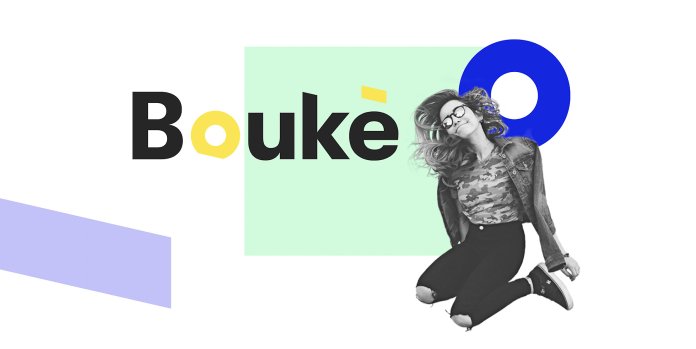Every day, 600 000 French speakers watch their local media, and over a million follow local news on the web. This is where WebstanZ comes in.

In a complex budgetary and competitive context, with the challenge of saturation that we all know, and with... 7 project owners with different objectives and specificities. Above all, we had to find a common vision.
Everyone agreed that we had to take advantage of the situation by pooling sites, while retaining their own specific features.

More than for any other project, this one requires ongoing dialogue and co-construction with the teams from the 7 local TV stations. We have used the Agile methodology, which is human-centered and focused on communication, advocating for early delivery and continuous improvement.
The key to success: a toolbox that meets 95% of the needs shared by the 7 players. We set to work to create a common core from a single development, to share and minimize costs. The result: 7 separate, independent sites, built from a single code base.
We've pushed the principle of mutualization to the limit, with 80% common base and 20% customization for each local TV station.
The benefits?
Thanks to Drupal, we've been able to meet our customers' objectives: deliver fast and improve; pool resources; retain our own specific features... And really listen to their needs, by interfacing a third-party tool (Media Asset Management, MAM) to the sites.
One of the local TV stations has developed an in-house tool in which journalists encode their content, which is then automatically ported to Drupal. The users of this MAM are journalists, who are used to logging in and adding their content. When they log on, all the information they have added to the MAM is integrated into the website via webservices.
One of Drupal's great strengths is its flexibility: